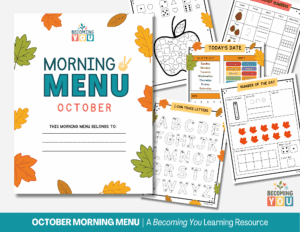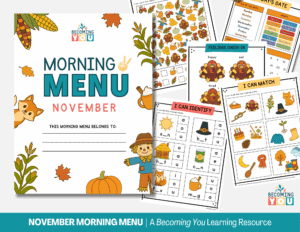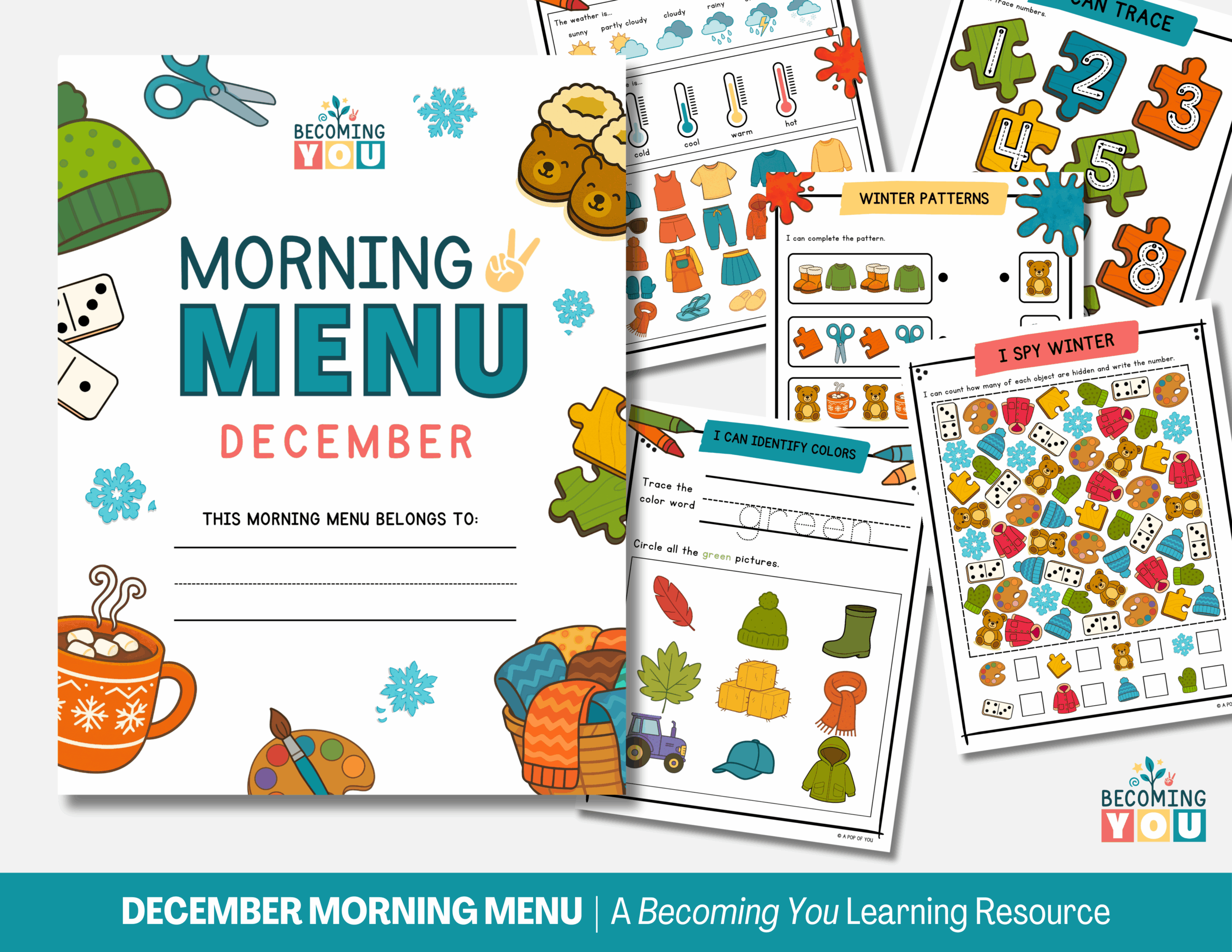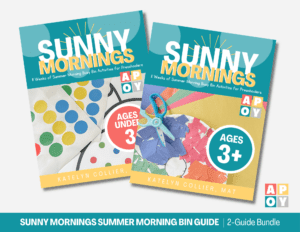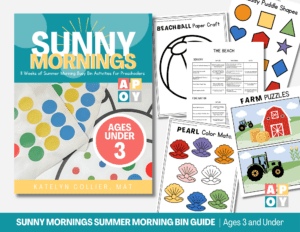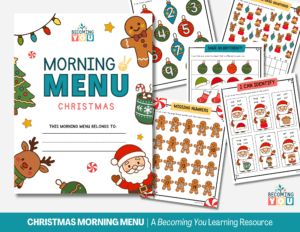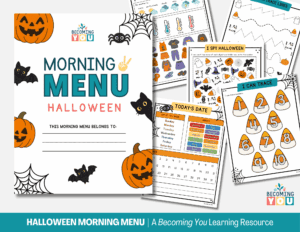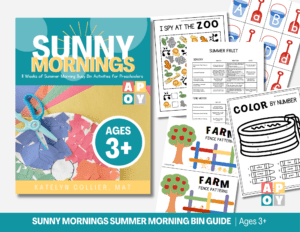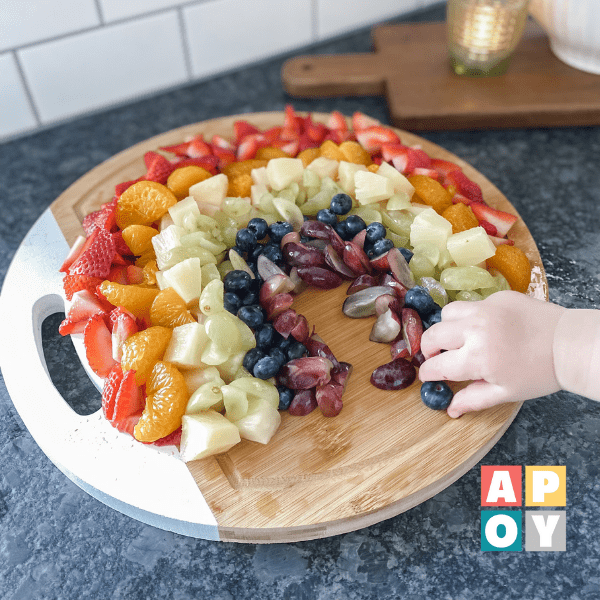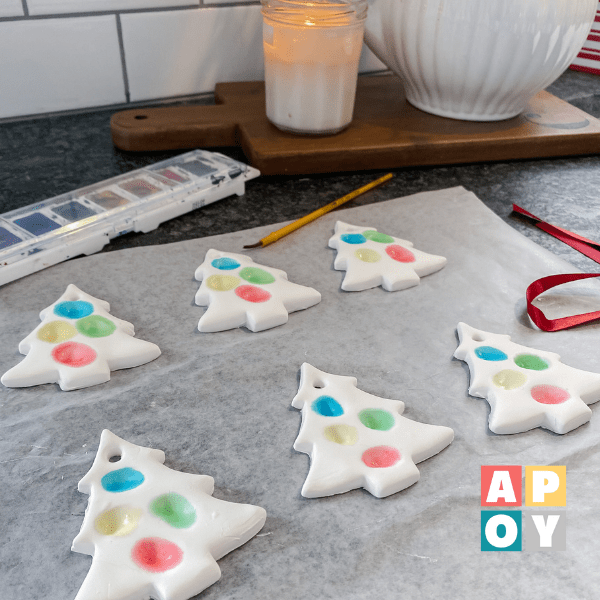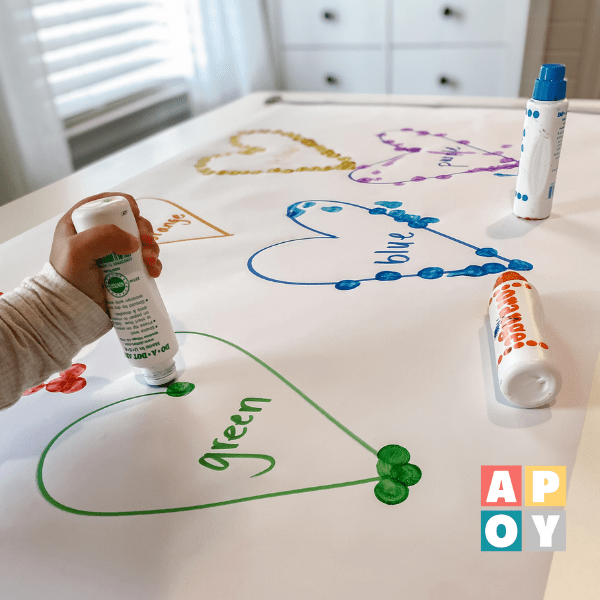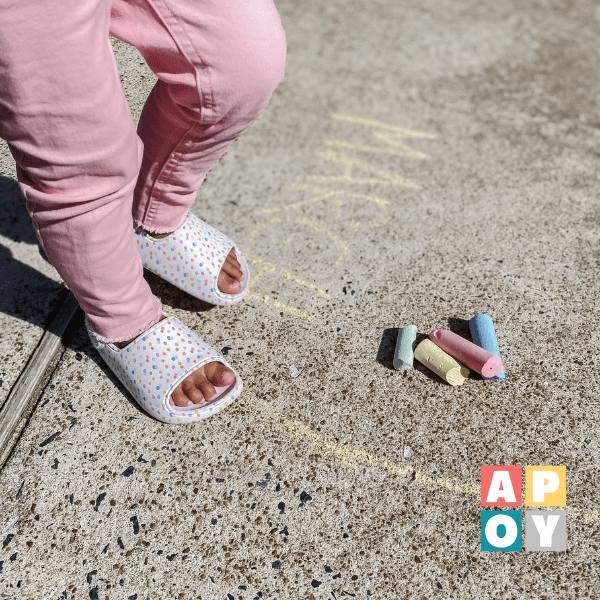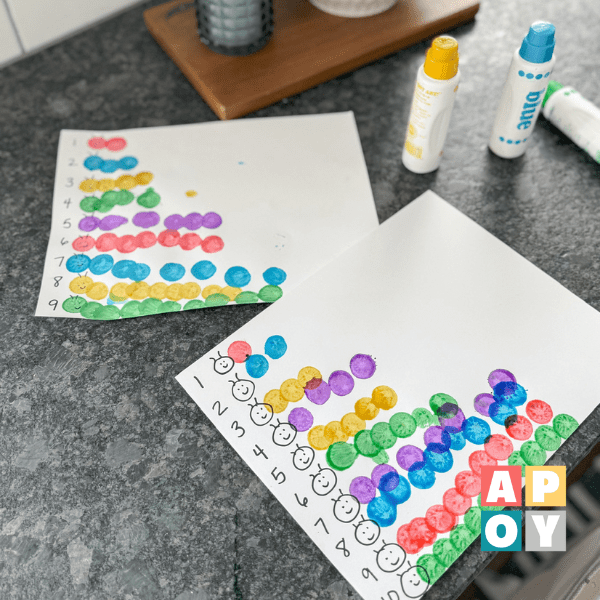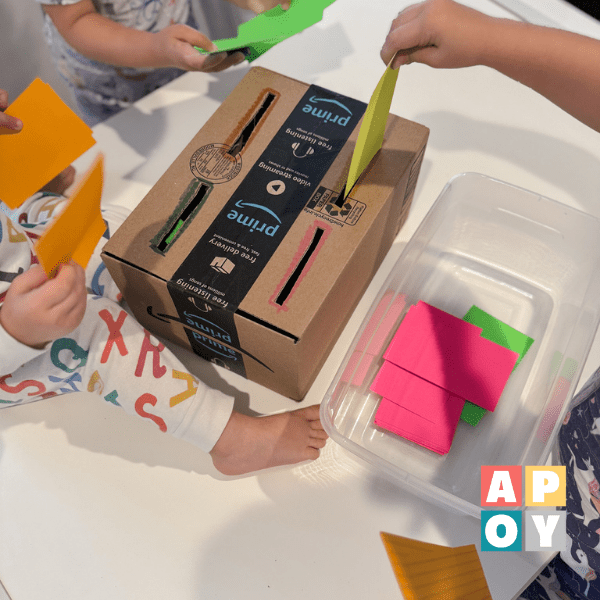Building a Strong Foundation: When and How to Start Learning Activities with Your Children at Home
Looking for ways to nurture your child’s love for learning? Start with sensory play and simple activities, then gradually build to more complex skills. Create a positive, encouraging environment to set your child on a lifelong journey of curiosity and growth.
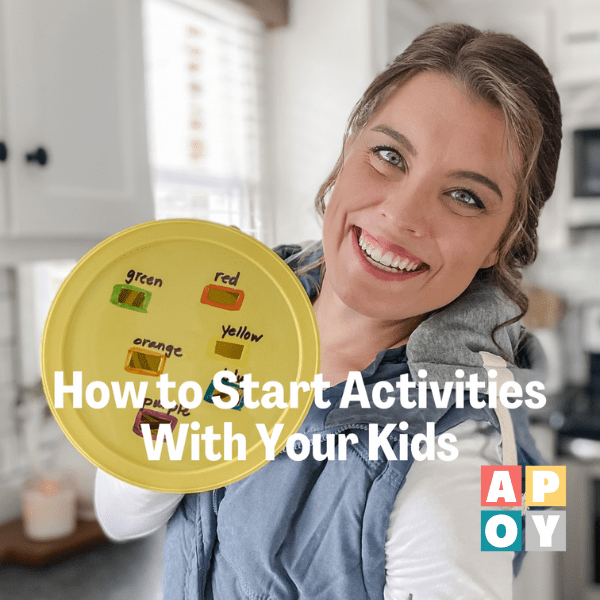
This blog post may contain affiliate links. When you make a purchase through these links, I may earn a small commission, at no additional cost to you. I only recommend products that I genuinely believe can benefit you and your family! Your support helps maintain and improve all things A Pop of You. Thanks so much!
Building the Foundation: Nurturing Your Child’s Love for Learning
We all want the best for our kids, right? We strive to set them up for success, and one of the best ways to do that is by incorporating learning activities at home. Early childhood education has proven to be crucial for cognitive, emotional, and social development, so the earlier you start, the better. But when’s the right time to dive in? How do you make learning fun instead of a chore? Let’s break it down in a simple, no-pressure way.
We’ll start with true hands-on learning, beginning as early as 12-18 months (yes, really!), and gradually moving up in complexity. Even if your little one is younger than 12 months, there are still plenty of ways to nurture their development through play. In this guide, we’ll explore everything from babies under 12 months (hello, tummy time!) to fun, interactive activities for preschoolers that will get them ready for school.
Learning Activities by Age: Timing is Everything
Understanding your child’s developmental milestones helps you know when and how to introduce different learning activities. Let’s go through these key stages:
Under 12 Months
- Developmental Focus: Sensory exploration, motor skills, social interaction.
- Learning Activities:
- Sensory Play: Think textured toys for little hands.
- Tummy Time: Builds neck and upper body strength.
- Peekaboo: Teaches object permanence (i.e., you don’t disappear when you hide your face).
- Tips:
- Go with the flow and follow your baby’s lead—short attention spans are normal.
- Keep things simple, with soothing language and lots of eye contact.
- Ensure a safe and supervised space for exploration.
12-18 Months
- Developmental Focus: Fine motor skills, language development, early cognitive skills.
- Learning Activities:
- Sensory Bins: Rice, pasta, sand—these tactile materials are a sensory dream.
- Stacking and Sorting: Stacking cups or nesting blocks for developing spatial skills.
- Simple Art: Get out those fat crayons for some messy finger painting.
- Nature Walks: A simple walk is full of learning opportunities. Point out animals and plants.
- Tips:
- Supervise during sensory play to avoid accidental snacking on small items.
- Use descriptive language to introduce new vocabulary.
- Give them a little independence, but stay close for safety.
18-24 Months
- Developmental Focus: Vocabulary growth, imaginative play, color and shape recognition.
- Learning Activities:
- Building with Blocks: Let their creativity soar with building toys.
- Role-Playing: Kitchen sets or dress-up clothes encourage imagination.
- Shape Sorters & Puzzles: Boost problem-solving skills.
- Simple Cooking: Little hands love to help mix or stir.
- Tips:
- Keep activities short and sweet to keep their attention.
- Encourage them to try new things, but remember, praise goes a long way.
- Mix things up—don’t let them get bored.
2-3 Years
- Developmental Focus: Language development, early math concepts, social skills.
- Learning Activities:
- Reading and Storytelling: Picture books and making up stories together.
- Counting and Sorting: Everyday objects can become a counting game.
- Arts and Crafts: Start adding some structure to art projects.
- Nature Exploration: Talk about plants, bugs, and the world around them.
- Tips:
- Ask open-ended questions to spark conversation.
- Let them make choices (within reason) to encourage decision-making.
- Establish a learning routine to give structure to their day.
Preschool (3+ Years)
- Developmental Focus: Pre-literacy, pre-math, problem-solving, social skills.
- Learning Activities:
- Alphabet & Letter Recognition: Introduce letters and their sounds.
- Math Games: Basic addition, measuring, and counting are all fair game.
- Science Experiments: Yes, you can do simple science experiments at home!
- Social Play: Encourage group play to teach sharing and cooperation.
- Tips:
- Set up a designated learning space with kid-friendly materials.
- Include time for play, rest, and learning in your routine.
- Be open to their curious questions—even if you don’t know all the answers.
Teaching Young Kids to Follow Directions
Getting your toddler or preschooler to follow directions isn’t as hard as it seems. The key? Clear communication and a bit of patience.
- Keep it simple: Stick to short, easy-to-follow instructions.
- One step at a time: Start with simple, single-step instructions, then work up to multi-step ones.
- Visual aids work wonders: Show them a picture of what you want them to do—like a picture of a toy in a box for clean-up time.
- Praise and repeat: Celebrate when they follow directions, and ask them to repeat the task so you know they get it.
- Stay patient: They’re still learning, so don’t lose your cool if they struggle.
- Consistency matters: Set expectations and stick with them.
- Model it: Kids learn by watching. Show them good listening skills and follow directions yourself.
Building Learning Stamina: Little Learners, Big Focus
We all know toddlers have the attention span of a goldfish. But with a little effort, you can help them build up their learning stamina.
- Start small: Keep those learning sessions short—think five to ten minutes.
- Take breaks: Quick breaks for physical activity or a change of focus can do wonders.
- Keep it fun: When learning feels like play, they’re more likely to stay engaged.
- Rotate activities: Switch up the types of activities to keep their interest high.
- Celebrate milestones: When they hit a learning goal, make a big deal out of it—cheers and claps all around.
- Create a comfy environment: A well-lit, distraction-free space helps with focus.
- Encourage questions: Curiosity is a sign they’re ready to learn more.
- Routine is key: A regular learning schedule makes it easier for them to settle in.
Starting Slowly: Simple, Engaging Activities
1. Sensory Exploration (12-18 Months):
Start with one simple sensory bin filled with rice or sand. Just a couple of scoops or cups to explore. This isn’t about “teaching”—it’s about engaging their senses. Let them lead and use lots of descriptive language, like “The rice is smooth” or “The sand is soft.” Keep a watchful eye, and let them explore freely.
2. Color & Shape Recognition (18-24 Months):
Introduce large, colorful foam shapes and let them match the shapes or colors to a board. Keep it simple—just one concept at a time (colors OR shapes, not both). Repeat, and celebrate when they get it right!
3. Basic Counting (2-3 Years):
Start counting small objects like buttons or toys. One toy at a time, and count aloud together. Focus on the one-to-one correspondence (touch each object as you count). And don’t forget the applause at the end—nothing makes counting more fun than a round of cheers.
4. Storytelling (Preschool 3+):
Pull out those picture books and ask your child to point out objects or characters. Keep it engaging by asking them to guess what will happen next. They’ll love the opportunity to predict the story!
Progressing to More Complex Activities
1. Sensory Exploration (12-18 Months+):
Now that they’re comfortable, add more textures and materials to the sensory bin. Let them sort objects by size, color, or texture.
2. Shape & Color Recognition (18-24 Months+):
Move on to more complex sorting games and puzzles. Incorporate more shapes and colors into activities.
3. Counting & Math (2-3 Years+):
Now we’re talking addition and subtraction! Use everyday items like toy cars to demonstrate simple math concepts.
4. Advanced Storytelling (Preschool 3+):
Encourage your little one to create their own stories, or ask open-ended questions about the ones you read together. This helps them develop their imagination and critical thinking.
Fostering Lifelong Learning at Home
The goal? Make learning at home feel like a natural, gradual journey—one that nurtures curiosity and fosters a love for learning. By starting slow, introducing new concepts one step at a time, and always staying positive, you’ll set the foundation for lifelong learning. Remember, every child is different, so take things at your child’s pace. Make learning fun and watch their love for it grow.

Hey There,
I’m Katelyn!

Hi, I’m Katelyn! Join me for creative, intentional family fun and practical home management tips! Parenting is hard, but I’ve got the tools to help you create a calmer, more intentional home!

BROWSE MY
TOY RECS

resourceS

SHOP LEARNING RESOURCES


Subscribe to the empty mug club

GET OUR DAILY TO-DOS FREE!
Plus, get the latest achievable learning activities, easy recipes, storage solutions, teacher-approved toy suggestions + exclusive discounts to Becoming You learning resources straight to your inbox!


About Katelyn Collier , MAT
Katelyn Collier is a former elementary school teacher turned homeschooling mom of three and the founder of A Pop of You. She’s passionate about helping families step away from the pressure of today’s fast-paced culture and create homes filled with presence, joy, and balance. Through her resources and podcast, she shares simple, practical tools to reclaim childhood and make family life feel lighter and more intentional.
Masters DEgree in elementary education
VOICE OF BECOMING UNPOPULAR, A PODCAST COMING SOON!
CREATOR OF BECOMING YOU, A KIDS’ LEARNING RESOURCE LINE


FIND MORE INSPIRATION
Even More Achievable Ideas

